Swedish Institute of Space Physics (IRF)
ICA on Rosetta
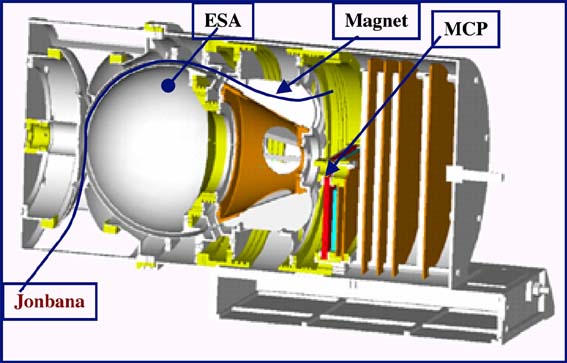
The Ion Composition Analyser (ICA) on board Rosetta is provided by IRF in Kiruna and is one of five sensors in the Rosetta Plasma Consortium (RPC). The primary objective of the RPC instruments is to study the plasma and wave environment of the comet and its interaction with the dust and gas materials. ICA measures the distribution function of positive ions, resolving the 3-D velocity distribution of cometary and solar wind ions with a mass resolution high enough to resolve the major species such as protons, helium, oxygen, molecular ions and heavy ion clusters (dusty plasma). The instrument weighs 2.0 kg.
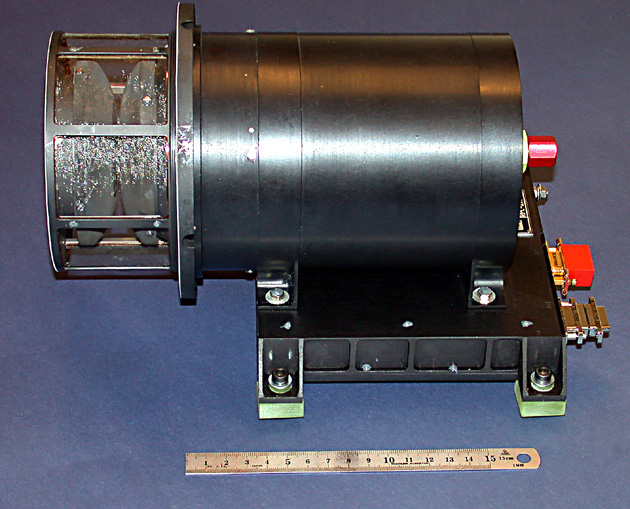
ICA has been developed at IRF in Kiruna and builds on many years' experience of designing and manufacturing ion mass spectrometers, both for Swedish satellites such as Viking and Freja and for international interplanetary missions such as Mars Express. The work has been done in collaboration with a number of international partners.
The Finnish Meteorological Institute (FMI) in Helsinki has built the digital data processing unit (DPU) which is placed in the rectangular box under the analyser cylinder.
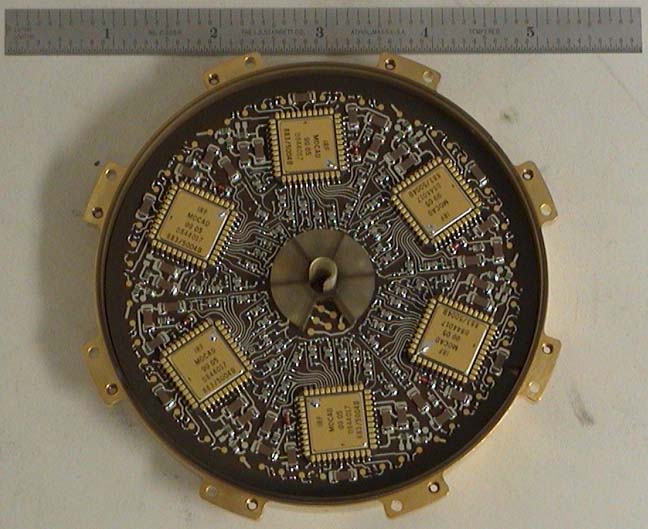
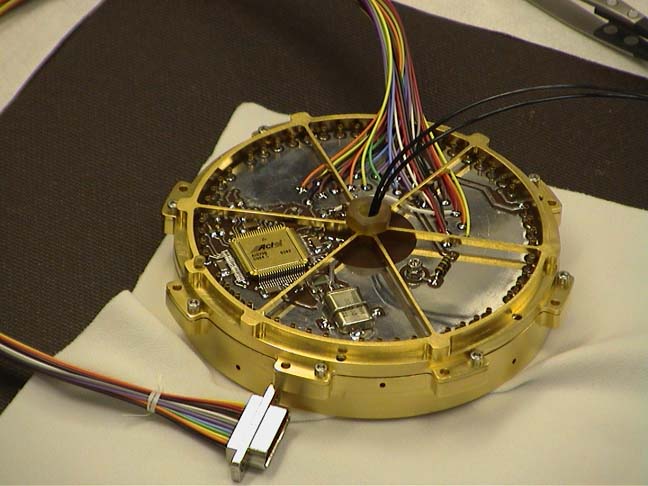
Southwest Research Institute, San Antonio, Texas, USA has built the detector unit based on an IRF-Kiruna design.
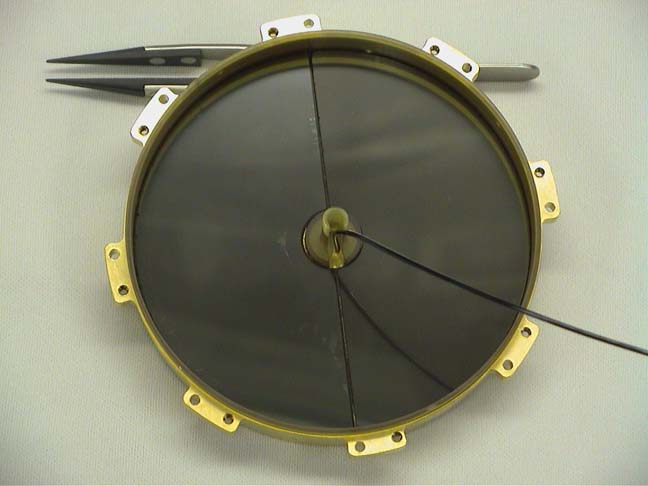
Centre d'Etudes Spatiale des Rayonnements, Toulouse, France has tested and analyzed the performance of the micro-channel plate used in the detector and has calibrated the instrument.
ICA is one of five instruments in the Rosetta Plasma Consortium (RPC). The Langmuir probe instrument (LAP) was also developed at IRF, in Uppsala. Together the five RPC instruments will give a good picture of the comet's plasma and dynamics, so that we can explore its features in detail.
Links:
- Rosetta - general information
- Picture Gallery
- Langmuir probe (LAP) developed at IRF in Uppsala
- Rosetta Plasma Consortium (RPC)
- Rosetta homepage at ESA
[IRF-Kiruna] [Solar System Physics and Astrophysics programme]
Updated by Webmaster@irf.se
Last update was 2004-02-24
